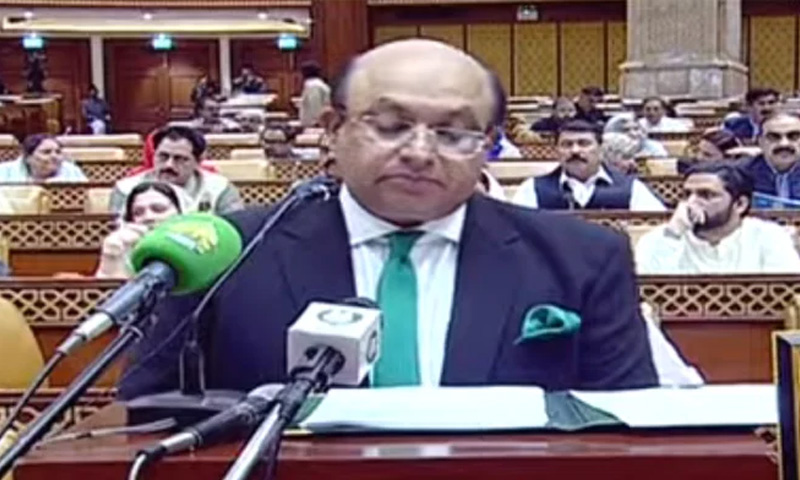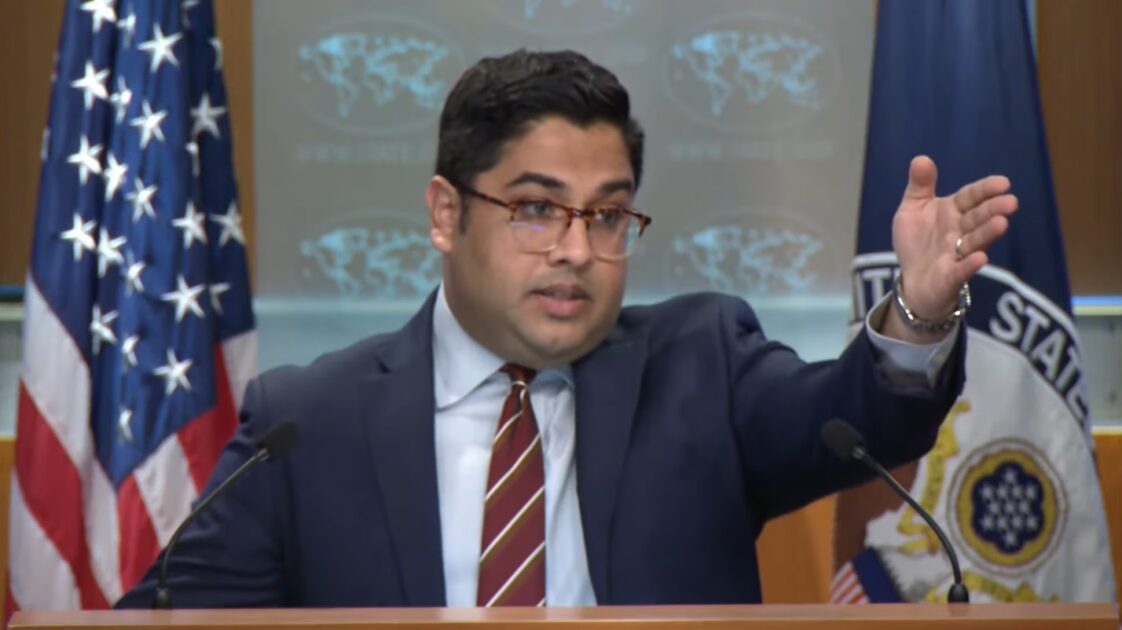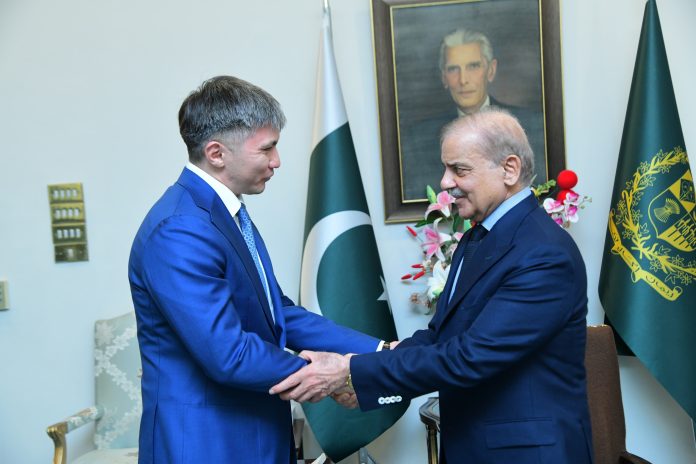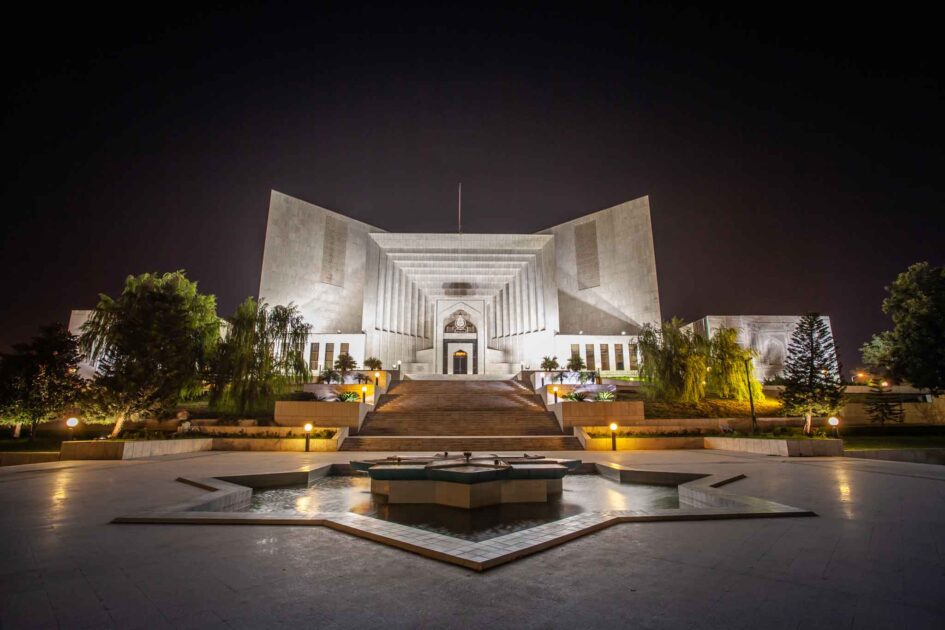- Web Desk
- 3 Hours ago
Punjab budget 2024-25: focus on development, solar energy and public welfare
-
- Web Desk
- Jun 13, 2024

By Talha Saeed, Ali Raza & Shafiq Sharif
LAHORE: The Punjab government has significantly increased the development budget for the next fiscal year, allocating funds for major projects across the province. Notably, 20 per cent of the development budget has been earmarked for various programmes.
According to the budget documents, a total of 2,380 kilometers of roads will be constructed and renovated in Punjab at a cost of Rs296 billion. Under the Punjab Kisan Card programme, 0.5 million farmers will receive interest-free loans totaling Rs75 billion.
Additionally, Rs9 billion had been allocated to convert 7,000 tubewells to solar energy across Punjab.
The Apna Chhat Apna Ghar programme will provide houses to the poor and for that Rs10 billion had been allocated. The Chief Minister Roshan Gharana Scheme will introduce solar systems at a cost of Rs9.5 billion.
Development schemes at the district level will be met under the Chief Minister’s Development Programme with an allocation of Rs80 billion. Loans will be provided to farmers under the livestock card scheme, with Rs2 billion allocated for this purpose.
A model fish market will be established in Lahore at a cost of Rs5 billion. The first garment city of Punjab will be developed at a cost of Rs3 billion, and basic sports facilities will be provided in provincial constituencies and Rs7 billion have been allocated for it. The maintenance and reconstruction of existing sports facilities across Punjab will cost Rs6.5 billion.
The chief minister Punjab laptop scheme will be restarted for students at a cost of Rs10 billion. Pakistan’s first IT city under Digital Punjab has been initiated in Lahore, with Wi-Fi facilities being extended to other districts of Punjab.
The health sector will see a 14 per cent increase in its budget compared to the current financial year.
For the fiscal year 2024-25, the Punjab government has allocated Rs539.15 billion for health, with Rs410.55 billion allocated under the non-development budget, reflecting a 15 per cent increase. The development budget for the health sector has been increased by eleven percent to Rs128.60 billion.
Significant allocations of Rs56 billion had been made for the Nawaz Sharif Institute of Cancer Treatment and Research Centre in Lahore and Rs8.84 billion for the Nawaz Sharif Institute of Cardiology in Sargodha. Additionally, Rs450 million has been allocated for an air ambulance service and Rs1 billion for the clinic-on-wheels project. Primary and secondary healthcare development budgets have been set at Rs42.60 billion, with Rs 23.50 billion allocated for the revamping of basic health units and hospitals.
The education sector will receive Rs679.74 billion, a 13 per cent increase from the current financial year. The non-developmental budget for education has been set at Rs604.24 billion, a 12 per cent increase. The development expenditure for education has been increased by 14 per cent to Rs65.50 billion, with Rs42.50 billion allocated for school education development projects.
The Punjab Education Foundation will receive Rs26.25 billion, a seven per cent increase, and a total development budget of Rs17 billion had been proposed for higher education.
Special education will receive Rs2 billion, and Rs100 million had been allocated for the Punjab Education Endowment Fund.
Over the next five years, Rs2.50 billion will be invested in the establishment of Danish schools across Punjab, and Rs4 billion had been proposed for the Department of Literacy and Non-Formal Education. The Chief Minister Punjab Schools Meals Programme will commence with a budget of Rs1 billion.
For the development schemes of South Punjab, Rs10 billion had been allocated. Fifty-two per cent of Punjab’s area and 40 per cent of its population consist of South Punjab districts. Specific allocations of Rs4 billion have been set aside for revamping 581 basic health centres, Rs1.32 billion for non-formal education and Rs3.3 billion for sustainable development goals in south Punjab.
The Multan Safe City Programme will be completed at a cost of Rs7 billion. The Cancer Centre at Nishtar Hospital in Multan will be constructed at a cost of Rs1 billion.
In total, 684 kilometers of roads will be constructed and maintained in south Punjab. The Muzaffargarh, Alipur Panjand, and Tarinda Muhammad Panah roads will be developed at a cost of Rs31.41 billion. The Multan Wahari Road will be constructed at a cost of Rs13 billion, and the Borewala Wahari Road at a cost of Rs12 billion.
Additionally, environment-friendly buses will be introduced in Multan and Bahawalpur at a cost of Rs8.60 billion.
Meanwhile, the Punjab Assembly followed the footsteps of the National Assembly during the budget session, with the opposition protesting strongly and tearing up copies of the agenda.
A scuffle broke out between government ministers and opposition members during the meeting.
In the Punjab Assembly, the opposition staged a strong protest during the budget presentation.
Opposition members, led by the opposition leader, gathered in front of the Speaker’s dais, tearing and waving the budget documents in the house.
While Finance Minister Mujtaba Shujaur Rehman was delivering his budget speech, the opposition raised slogans against the Punjab government.
During the commotion, some government members attempted to calm the opposition, but heated words were exchanged, leading to further confusion.
As the situation escalated, Punjab Assembly security was called to the house. The security personnel managed to defuse the situation by pacifying the assembly members.




